This piece from TWW Fellow SImon Lomax was first published by Cipher and can be accessed here.
Iron batteries offer an energy transition lesson
Simon Lomax -Guest Author
To build a zero-carbon economy, we need technologies that can store large amounts of energy for a long time.
With better energy storage, we can generate more electricity from wind turbines and solar panels, and then put that electricity to work whenever it’s needed and not just when weather conditions are favorable.
So far, the field of energy storage has been dominated by large batteries, and lithium-ion batteries in particular. These are the types of batteries found in cell phones, laptop computers and, on a bigger scale, electric cars.
But in Colorado, a promising new battery technology is being prepared for use by the state’s largest utility, Xcel Energy. It’s called an “iron-air” battery and, quite fittingly, it will be built in the iron and steel town of Pueblo.
Iron smelting and steel production first started in Pueblo in the 1880s. The city later became known as the “Pittsburgh of the West.” While Pueblo’s steel industry may be smaller now, rails, pipes and other steel products are still made there today.
The iron-air battery, developed by Boston-based startup Form Energy, is slated for construction on the same site as Xcel’s Comanche coal-fired power plant, which is due for retirement by 2031. The 10-megawatt (MW) battery will hold electricity for 100 hours (just over four days) and will take advantage of the existing transmission infrastructure at the site to connect to the power grid.
While iron-air batteries are less efficient than lithium-ion batteries, iron is more abundant and much cheaper than lithium. This means the cost of storage could be more than 10 times cheaper than lithium-iron batteries and come with fewer supply chain risks, according to Form Energy CEO Mateo Jaramillo.
The company also says long duration iron-air batteries and shorter duration lithium-ion batteries have complementary roles, depending on how many hours or how many days of energy storage the power grid needs at a given time.
In Pueblo, Form Energy’s iron-air battery will store some of the renewable electricity generated by nearby solar panels and wind turbines and then feed it back into the grid later, when the sun isn’t shining and the wind isn’t blowing. In parallel, Xcel is developing another 10 MW iron-air battery project in Becker, Minnesota, at the site of another coal-fired power plant scheduled for retirement in under a decade.
Iron-air batteries are based on the same chemical reaction that turns iron into iron oxide, better known as rust.
The battery pulls in oxygen from the surrounding air and when the oxygen reacts with the iron inside the battery, an electrical current is generated. To recharge, this process is reversed: Electricity from a wind turbine or solar panel moves through the battery in the opposite direction, turning iron oxide back into iron and oxygen.
The battery breathes in oxygen to generate electricity and breathes out oxygen to store electricity, a process called “reversible rusting.”
Rusting isn’t new. It’s been with us since, literally, the Iron Age. Indeed, that’s the innovation behind the iron-air battery – it harnesses something old to make something new. Connecting these batteries to the power grid where coal plants have stood for decades is also a mix of old and new.
There’s a bigger lesson here about the energy transition. Extreme voices on both sides of politics assert that a new energy economy requires the total rejection of the old energy economy.
But to succeed, we’re going to need breakthroughs that apply existing technologies in new and innovative ways in addition to completely novel solutions that may take years or even decades to fully develop.
Other examples include geothermal and mining for minerals needed for clean energy.
Techniques for drilling oil and natural gas wells can be applied to the process of drilling deep below the Earth’s surface to find heat and produce geothermal energy.
Finding all the materials needed to build a wide swath of clean-energy technologies will require the mining sector, another age-old and often unfairly maligned industry.
It took great ideas and hardworking people to build the energy economy we have today, and it will take great ideas and hardworking people to build the energy economy of tomorrow.
Simon Lomax is a visiting fellow with The Western Way, a conservative nonprofit that seeks pro-market solutions to environmental challenges, and a program manager with the Payne Institute for Public Policy at the Colorado School of Mines. You can reach him at slomax@mines.edu.


